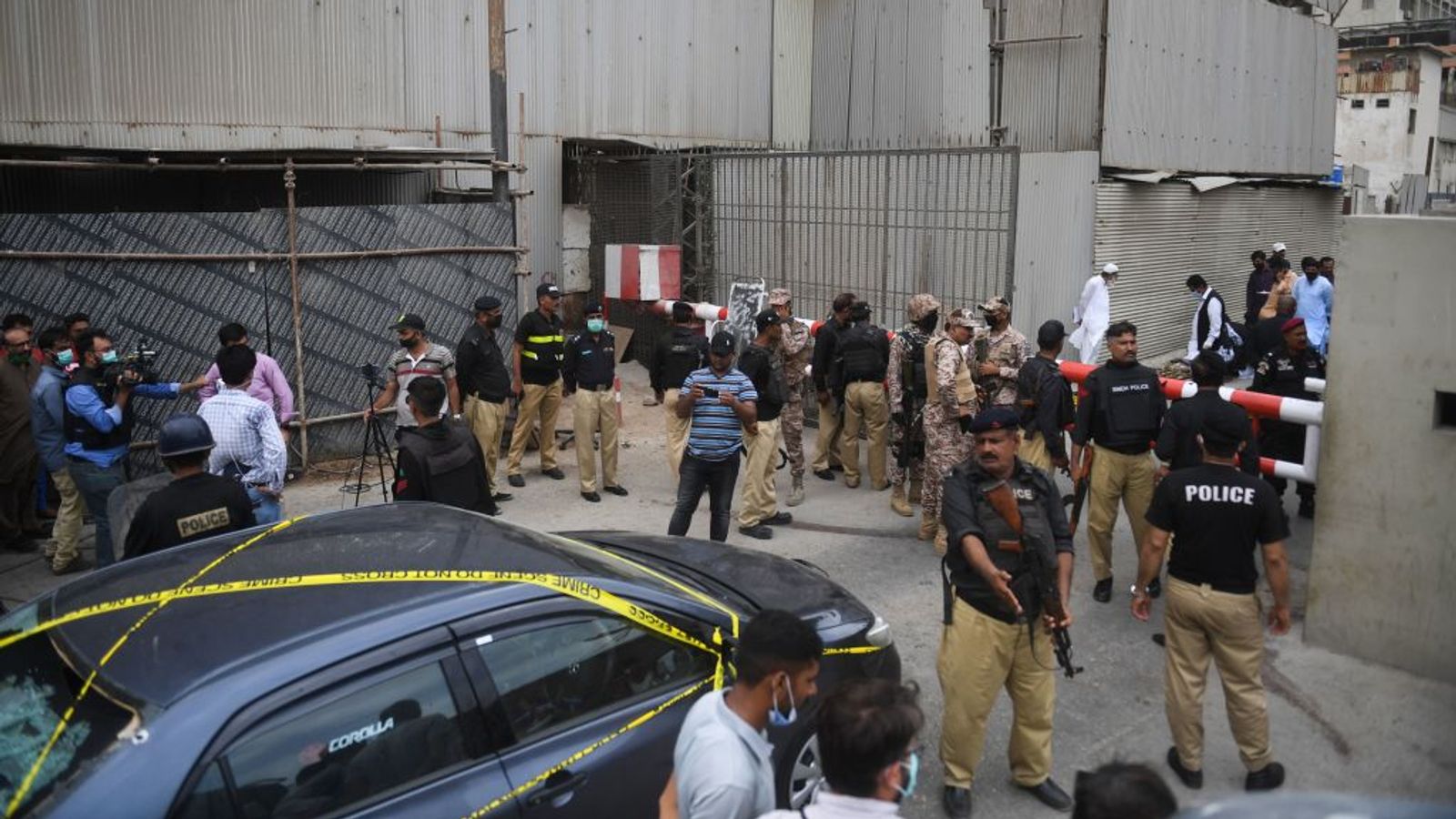
We expect that pregnant women survivors are very vulnerable with poor access to safe deliveries and neonatal care. Save the Children is particularly concerned about reports of lower respiratory tract infections, diarrhoea and the high risk from malaria and dengue fever that make children particularly susceptible. This is one of the happy endings that we are always hoping for. In the coming weeks aid workers will try and locate the parents and reunite them with their children. This makes children incredibly vulnerable and our child protection experts are in the field working out how we can set up systems to ensure that children remain safe. Our initial assessments tell us that at least 2000 children have become separated from their families – this could be because their parents have died or because they have temporarily lost them in the aftermath of the disaster. We are distributing emergency food rations but we are also working out how we will meet the long-term needs of survivors. We estimate that 30,000 children were acutely malnourished before the cyclone struck in the delta.

They also account for nearly half of the survivors.įor Save the Children, it is these youngest victims that have been the focus of our work and as in most emergencies they are the most vulnerable.Īt the same time aid workers are gathering detailed information about the needs of children. Save the Children says that children account forĪlmost half of Myanmar’s population are children and in the aftermath of Nargis, they make up some 40 per cent of the deaths. It is very challenging getting aid into the worst affected areas as they can only be reached by boat and the heavy monsoon rain makes working conditions for us and living conditions for the survivors difficult. Some international aid workers, including a health specialist and a logistician responsible for getting aid supplies into the affected areas, have been granted visas to work in the delta. We are scaling up the aid operation as more aid supplies are purchased in the country and more aid arrives from outside the country.Īt present we have 260 Burmese aid workers working in the delta. The team has been delivering water, food, medicines, blankets and plastic sheeting to survivors. Another team of Burmese aid workers – the real unsung heroes of this disaster – are due to return from the delta tomorrow. Survivors in some villages described in detail how the awesome power of Nargis had sucked in people and communities and spat them out into the rising waters of the delta. He said entire villages along the delta were now empty of people. My colleague looked visibly moved describing the scenes of horror that he found. Save the Children’s relief teams are slowly getting aid into the eastern and western Irrawady Delta in southern Myanmar, the region worst hit by the cyclone.Ī few days ago a team of seven Burmese aid workers returned to Yangon after spending several days accessing remote villages by boat in the western delta with vital aid supplies.

My colleagues who have been responding to the humanitarian needs of the people since the cyclone hit on May 2 are beyond feeling exhausted – they are running on empty.īut the aid workers here are motivated by the immense need on the ground and this is at the forefront of our concerns every day.

My eyes are stinging due to a lack of sleep and the debilitating effect of the persistent humidity.

I have been in Yangon, the capital of Myanmar, for two weeks but I have lost all track of time as the hours and days have become a hazy blur. Save the Children and other aid agencies are focusing on emergency assistance for children in remote areas in the Irrawady Delta in Myanmar


 0 kommentar(er)
0 kommentar(er)
